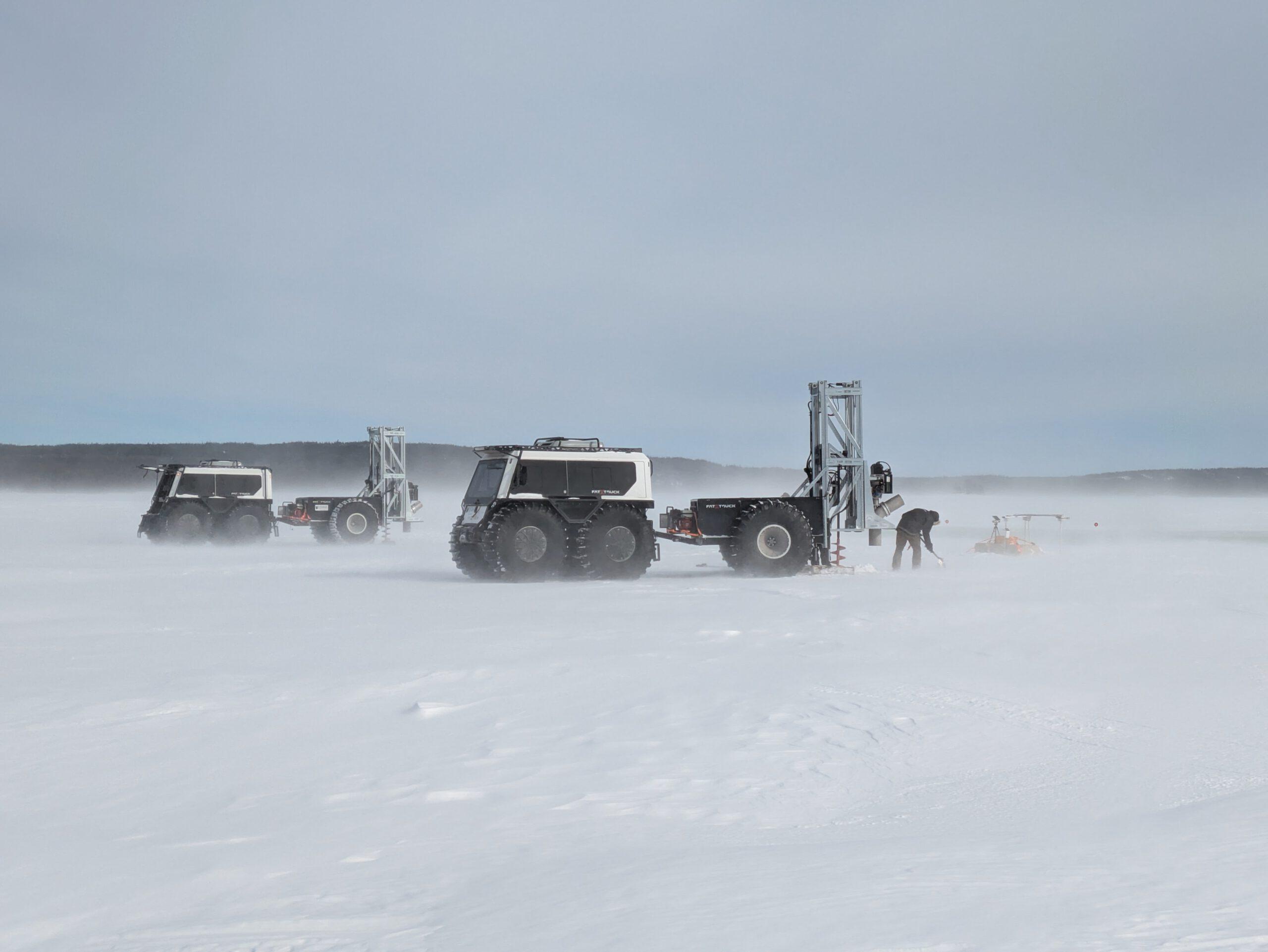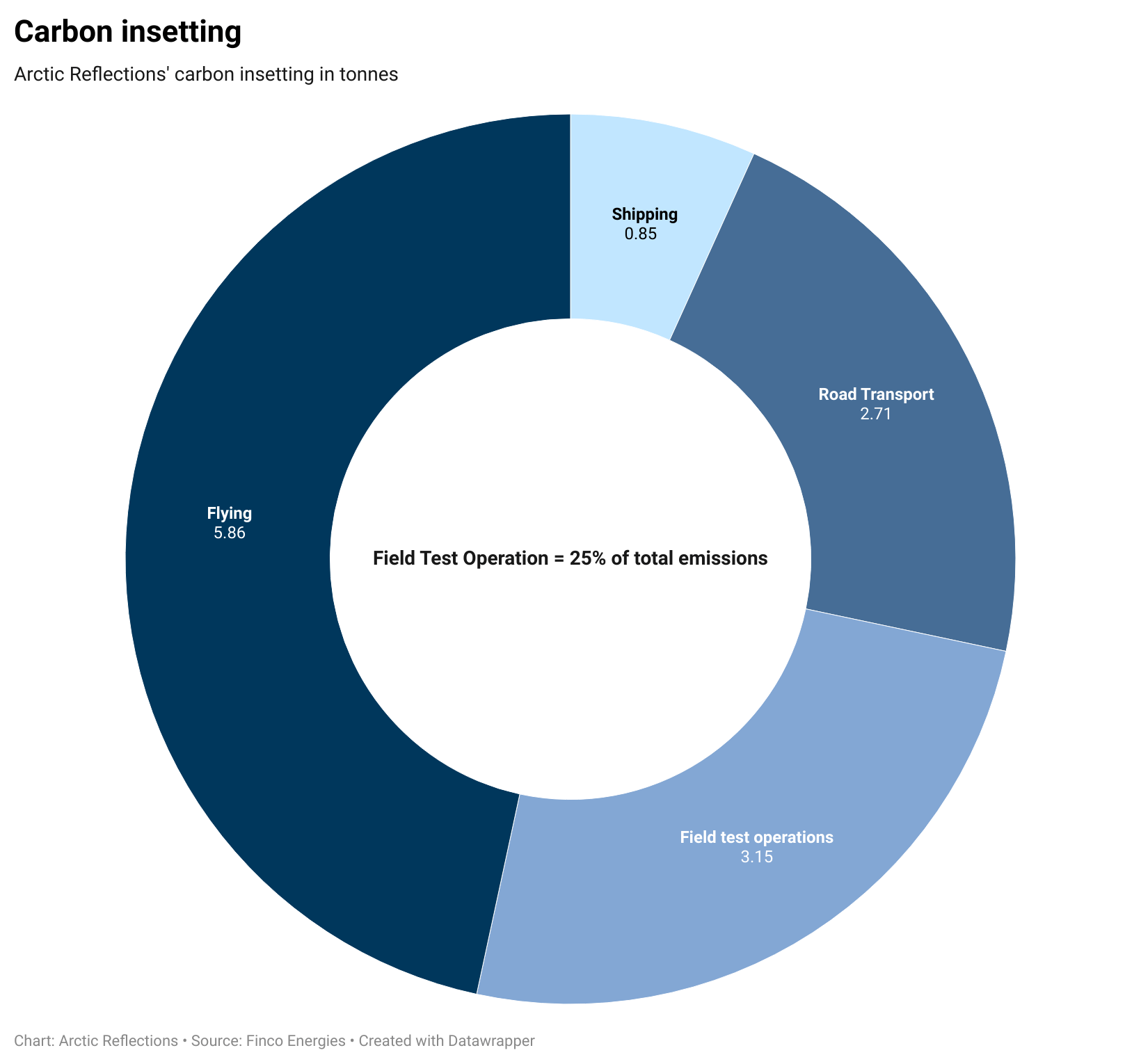
After concluding a successful field test in Newfoundland, Canada, where we were researching how we can preserve the thinning Arctic sea ice, we have been working with our partner FincoEnergies to inset all our emissions. This includes the emission from our flights (much of our team is based in Delft, The Netherlands), the emissions from the field test operations itself, and the transport of our equipment.
Founder of Arctic Reflections, Fonger Ypma, emphasises that, “Of course, we would rather fully power our operations sustainably from the start. But sustainable power is hard to come by in our remote field test locations. We are committed to collaborating with our partners who help us ensure that, in our efforts to research a solution for our rapidly heating planet, we minimize the impact of our operations and logistics, and insetting is a good way to do this.”
Carbon insetting involves reducing emissions within the company’s own value chain. It focuses on measures such as switching to sustainable biofuels and improving energy efficiency. This differs from carbon offsetting, which involves investing in external projects that reduce greenhouse gas emissions elsewhere. Through carbon insetting, we aim to embed sustainability into our own operations, rather than treating it as an add-on.
At present, in the Arctic, we do not have access to sustainable fuels or renewable electricity to power our operations, which account for 25% of our total emissions footprint. We also did not own the vessels used to transport our equipment, the road transport, nor could we control the aviation fuel for our flights. However, FincoEnergies helped us by ensuring that our emissions were inset credibly and transparently. You can find the breakdown of these emissions in the graph below.

Striving to build sustainable operations from the ground up
“This was made possible with the help of GoodShipping, a brand of FincoEnergies, for Arctic Reflections’ marine transport; Biofuel Swaps for their road transport; and Sustainable Aviation Fuel (SAF) credits for air travel,” explains Ruben Koster from FincoEnergies.
“Our goal is to make our operation sustainable from the ground up. Currently, our emissions are largely from flights and logistics. But if we are successful in our research, and would be able to scale up ice preservation, one of our key challenges is to find ways to power our operations sustainably. We aim to solve that in the next years. Until then, we remain committed to insetting our emission in partnership with FincoEnergies,” adds Fonger.
